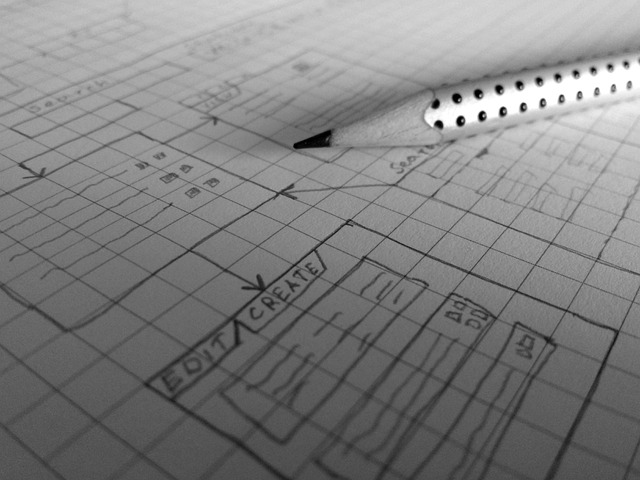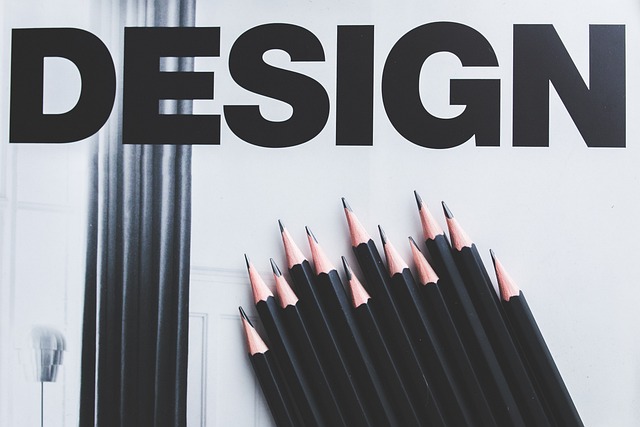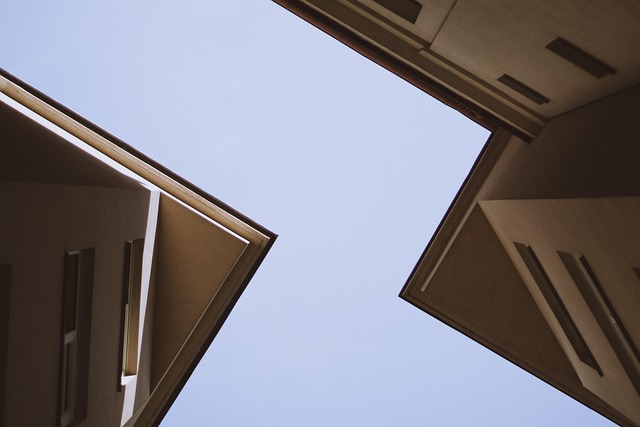Hey there, design aficionados! Ellen here, and today we’re diving into a topic that’s often overlooked but incredibly powerful: negative space, also known as white space. Don’t let the name fool you – it’s not always white, and it’s definitely not negative. In fact, it’s one of the most positive tools we have in our design arsenal.
What is Negative Space?
First things first: what exactly is negative space? Simply put, it’s the area around and between the elements of your design. It’s the breathing room, the pause, the silence between the notes. In music, these pauses are crucial for rhythm and emphasis. In design, negative space serves a similar purpose – it gives the eye a place to rest and helps guide attention to the important elements.
The Power of the Pause
Now, you might be thinking, “Ellen, are you telling me that empty space is important?” Absolutely! Here’s why:
- Improved Readability: Proper use of negative space can significantly improve the legibility of text and the clarity of images.
- Focus and Emphasis: By surrounding key elements with space, you naturally draw the viewer’s eye to what’s important.
- Balance and Harmony: Negative space helps create a sense of balance in your compositions, preventing them from feeling cluttered or overwhelming.
- Elegance and Sophistication: There’s a reason luxury brands often use lots of white space – it conveys a sense of elegance and refinement.
- Improved User Experience: In web and app design, negative space can make navigation more intuitive and reduce cognitive load for users.
Negative Space and the Rule of Thirds
Remember our chat about the rule of thirds? Well, negative space is like its cool cousin. While the rule of thirds helps you place elements effectively, negative space helps you emphasize those elements and create relationships between them.
Try this: Look at your design through the rule of thirds grid. How does the negative space interact with those lines and intersections? Often, you’ll find that effective use of negative space naturally aligns with the rule of thirds, creating a harmonious composition.
Types of Negative Space
Not all negative space is created equal. Let’s break it down:
- Macro White Space: This is the space between major elements in your design. It’s the big breather, the major pauses.
- Micro White Space: This is the smaller spaces, like the space between lines of text or the padding around buttons. It’s subtle but crucial for readability and usability.
- Active White Space: This is intentionally left empty to create a specific effect or draw attention to certain elements.
- Passive White Space: This is the natural space around elements that isn’t necessarily planned but still serves a purpose.
Putting Negative Space to Work
Now that we understand what negative space is and why it’s important, let’s talk about how to use it effectively:
- Create Hierarchy: Use more negative space around important elements to make them stand out.
- Improve Readability: Increase line spacing and margins to make text more readable, especially for longer content.
- Guide the Eye: Use negative space to create a visual path through your design, leading the viewer’s eye where you want it to go.
- Create Subtle Imagery: Sometimes, the negative space itself can form shapes or images, creating clever, memorable designs.
- Simplify Complex Information: When dealing with data-heavy designs, use negative space to group related information and separate different sections.
- Enhance User Interface: In web and app design, use negative space to make buttons and interactive elements more prominent and easier to use.
Common Mistakes with Negative Space
As powerful as negative space is, it’s easy to misuse. Here are some pitfalls to avoid:
- Overcrowding: Don’t be afraid of empty space! Resist the urge to fill every inch of your design.
- Inconsistency: Try to keep your use of negative space consistent throughout your design for a cohesive look.
- Ignoring Content: While negative space is important, don’t let it overshadow your actual content.
- Forgetting About Mobile: Remember that negative space might look different on smaller screens. Always test your designs across devices.
- Using Only White: Remember, “white space” doesn’t have to be white. It can be any color, texture, or even a subtle pattern.
Negative Space in Different Design Fields
The concept of negative space applies across all design disciplines, but it manifests differently:
- In Graphic Design: It’s often used to create clean, impactful layouts and draw attention to key messages.
- In Web Design: It improves readability, usability, and overall user experience.
- In Logo Design: Clever use of negative space can create memorable, dual-meaning logos.
- In Product Design: It can make interfaces more intuitive and products more aesthetically pleasing.
- In Architecture: It’s used to create a sense of openness and flow between spaces.
Exercises to Master Negative Space
Want to improve your negative space game? Try these exercises:
- The Squint Test: Squint at your design. The areas of negative space should still be clear.
- The Inversion Exercise: Try creating a design where the negative space is more prominent than the positive space.
- The Removal Challenge: Take an existing design and see how many elements you can remove while still conveying the same message.
Wrapping Up
Negative space is a powerful tool in any designer’s kit. It’s the breath in your designs, the pause that refreshes the eye and mind. When used effectively, it can elevate your designs from good to great, from cluttered to clear, from overwhelming to elegant.
Remember, in design, sometimes less really is more. Don’t be afraid to let your designs breathe. Embrace the power of the pause, and watch your compositions come to life in new and exciting ways.
Until next time, keep your designs spacious and your creativity boundless!







